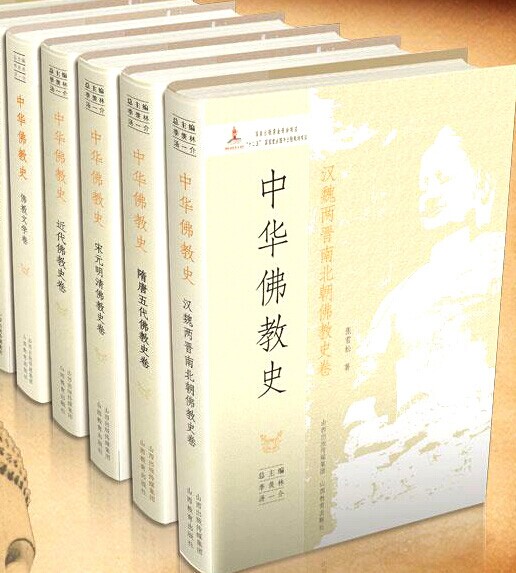Study marks milestone for Buddhist history

A History of Buddhism in
Publisher:
An 11-volume survey of Buddhist history in
A History of Buddhism in
The compilation of A History of Buddhism in
His dedication and perseverance inspired all scholars in the editorial committee to generate better work. A History of Buddhism in China demonstrates their confidence in academics as well as Chinese culture.
The book is not a simple compilation of existing materials, but rather it breaks the rules by putting forwards new ideas. As Ji said in the preface: “The name of the 11-volume survey of Buddhist history in Chinese is Zhong Hua Fo Jiao Shi. It is intended to correct the old habits of recording only Han history. The volumes are the voices of all ethnic groups with Buddhist beliefs in
In addition to writing on Buddhist history in Han and other ethnic communities in
This innovative writing style makes the book more scientific and understandable while better reflecting the panorama of Chinese Buddhism as well as the patterns and characteristics that have defined it for more than 2,000 years of development.
Unlike works on Buddhist history that have been arranged according to chronological order, A History of Buddhism in China adopts an organizational structure that integrates timeline and theme. It provides a broader vision for the study of Buddhist history through writings that originate in periods stretching from the Han, Wei, Jin, and Southern and Northern dynasties to modern times. Other sections create new possibilities for interdisciplinary studies with organization according to themes, such as Buddhist literature, art, Hinayana Buddhism, Tibetan Buddhism and the history of cultural exchange.
The book puts an emphasis on research and publishes many first-hand materials. Ji said that the research on Buddhist history in
In conclusion, the book breaks the boundaries of disciplines and produces a synergy of Buddhism, philosophy, aesthetics, history, folklore, archaeology, anthropology and literature. It includes general studies of Chinese Buddhism and primitive Buddhism as well as 50 years of field investigations and research.
Guo Wenli and Liu Ji’an are from the
The Chinese version appeared in Chinese Social Sciences Today, No. 669, Nov. 14, 2014.
Translated by Yang Xue
Revised by Justin Ward

 PRINT
PRINT CLOSE
CLOSE